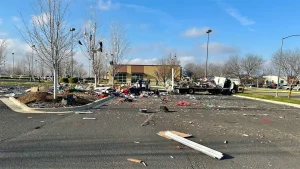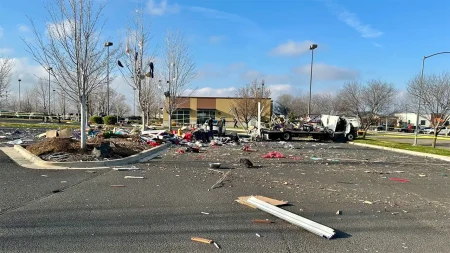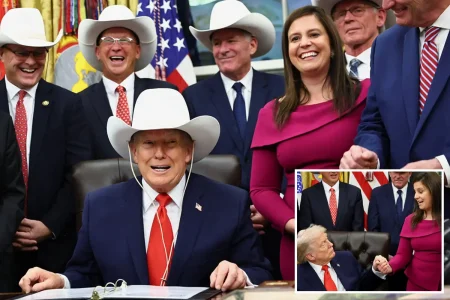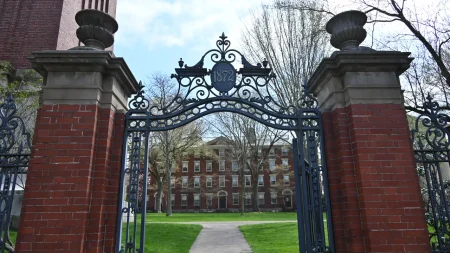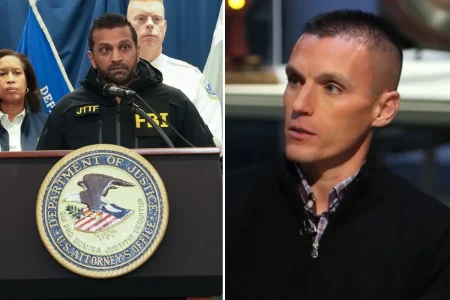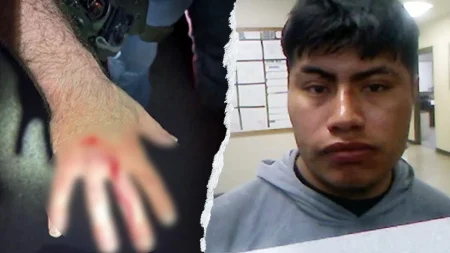Iran Suspends Nuclear Inspection Agreement Amid International Concerns
Tehran’s Abrupt Reversal Raises Global Tensions Over Uranium Enrichment Program
In a decisive move that has sent ripples through diplomatic circles worldwide, Iran’s foreign minister announced that the Islamic Republic will suspend its previously agreed plan to reinstate comprehensive nuclear inspections. This development comes at a particularly sensitive moment, as international watchdogs and Western powers have expressed mounting concerns regarding Iran’s growing stockpile of highly enriched uranium and its potential implications for regional stability and global non-proliferation efforts.
The announcement, delivered during a press conference in Tehran, represents a significant setback to months of delicate behind-the-scenes negotiations that had appeared to be making progress toward bringing Iran back into compliance with international oversight mechanisms. “We have determined that current geopolitical circumstances necessitate a reevaluation of our position regarding inspection protocols,” the foreign minister stated, adding that the decision was made after “careful consideration of national security interests and in response to ongoing external pressures against our sovereign rights.” The minister emphasized that Iran maintains its position that its nuclear program serves exclusively peaceful purposes, primarily focused on energy production and medical research, though this assertion continues to be met with skepticism from Western intelligence agencies and nuclear experts.
The timing of Iran’s announcement has particularly alarmed diplomatic observers, as it coincides with recent reports from the International Atomic Energy Agency (IAEA) indicating that Iran has significantly accelerated its uranium enrichment activities. According to the latest IAEA assessment, Iran’s stockpile of uranium enriched to 60% purity – a level technically just below weapons-grade but far beyond what’s required for civilian applications – has grown substantially over the past quarter. Dr. Eleanor Westbrook, senior fellow at the Institute for International Security Studies, explains the significance: “Enrichment to 60% represents about 90% of the technical effort required to reach weapons-grade material. The combination of increasing stockpiles and reducing transparency creates a particularly concerning scenario for the international community.” This technical reality underscores why Iran’s decision to halt inspection reinstatement has triggered such immediate and serious concern among nuclear non-proliferation experts and diplomacy specialists alike.
Historical Context and the Complex Path of Nuclear Diplomacy
The current impasse must be understood within the broader historical context of Iran’s nuclear program and the international community’s efforts to contain it. Since the 2015 Joint Comprehensive Plan of Action (JCPOA) – commonly known as the Iran nuclear deal – was abandoned by the United States under the Trump administration in 2018, Tehran has progressively walked back its commitments to the agreement’s limitations. This included exceeding caps on uranium enrichment levels and stockpile sizes, restricting inspector access to nuclear facilities, and accelerating research into advanced centrifuge technology. The Biden administration’s attempts to revive the agreement have faced numerous obstacles, including domestic political resistance in both countries, competing priorities in an increasingly complex international landscape, and fundamental disagreements about sanctions relief and verification mechanisms.
Ambassador Jonathan Leibowitz, who served on the original JCPOA negotiation team, provides crucial perspective: “What we’re witnessing now is the predictable culmination of a diplomatic process that has been unraveling for years. Each side has established positions they view as non-negotiable, creating a diplomatic puzzle with seemingly incompatible pieces.” The inspection protocols that Iran has now rejected were considered by many experts to be the cornerstone of any viable nuclear agreement, as they provide the international community with reasonable assurance that nuclear materials aren’t being diverted to military applications. Without such verification mechanisms, concerns about potential weaponization activities occurring at undeclared sites will inevitably intensify, potentially leading to calls for more aggressive containment strategies from Iran’s regional adversaries and Western powers.
The domestic political dynamics within Iran add another layer of complexity to the situation. The decision comes amid economic hardship exacerbated by international sanctions and internal political struggles between moderate factions and hardliners within the Iranian political establishment. Dr. Farah Nourzadeh, an expert on Iranian politics at Georgetown University, notes that “nuclear policy decisions in Iran are never purely about international relations – they’re deeply intertwined with domestic politics, national identity, and the regime’s legitimacy narrative.” With parliamentary elections approaching and public dissatisfaction over economic conditions growing, the nuclear program provides the government with a nationalistic rallying point and potential leverage for sanctions relief that could ease domestic pressures. This internal context helps explain why Iran might make a move that appears counterproductive to diplomatic progress – it serves multiple strategic purposes beyond the nuclear issue itself.
Global Implications and Regional Security Concerns
The ramifications of Iran’s decision extend far beyond its borders, potentially reshaping security dynamics throughout the Middle East and beyond. Israel, which has consistently taken the most hawkish position regarding Iran’s nuclear ambitions, has responded to the announcement with renewed warnings about potential military action. “This development validates our longstanding concerns about Iran’s true intentions,” stated Israel’s defense minister, who reiterated that “all options remain on the table” to prevent Iran from acquiring nuclear weapons capability. Saudi Arabia and other Gulf states have similarly expressed alarm, with some regional analysts suggesting this could accelerate consideration of indigenous nuclear programs as a deterrent – precisely the type of proliferation cascade the original JCPOA was designed to prevent.
For European powers that have attempted to salvage elements of the nuclear agreement, Iran’s announcement represents a particularly difficult diplomatic challenge. “The E3 [France, Germany, and the UK] now face the unenviable task of deciding whether to trigger the dispute resolution mechanism that could ultimately lead to the reimposition of UN sanctions,” explains Dr. Helena Vermeer, director of the European Council on Foreign Relations’ Middle East program. “They must balance maintaining pressure on Iran with avoiding actions that could completely collapse what remains of the agreement’s framework.” Meanwhile, Russia and China – which have maintained warmer relations with Tehran – have called for restraint from all parties but stopped short of directly criticizing Iran’s decision. This highlights the increasingly multipolar nature of the challenge, with traditional Western alignment on the issue fracturing amid broader geopolitical competitions. Security experts are particularly concerned about how this development might interact with other regional flashpoints, potentially creating a dangerous scenario where miscalculation or misinterpretation could escalate tensions beyond diplomatic control.
Technical Realities and the Path Forward
Nuclear non-proliferation experts emphasize that while political declarations attract headlines, the technical realities of Iran’s program deserve equal attention. Dr. Robert Kelley, former IAEA inspector and nuclear weapons scientist, offers crucial context: “What matters most isn’t just the political decision to limit inspections, but the specific technical activities occurring within Iran’s nuclear infrastructure – particularly those related to metallurgy, weaponization research, and delivery systems development.” The suspension of enhanced inspections means the international community will have significantly reduced visibility into precisely these activities, creating what nuclear security analysts call “uncertainty gaps” that complicate both intelligence assessments and policy responses.
As global leaders contemplate their next moves, several potential paths forward have emerged from expert analysis. The most optimistic scenario involves using this crisis as a catalyst for renewed diplomatic engagement, potentially through a new framework that addresses the shortcomings of the original JCPOA while providing Iran with the economic incentives necessary to secure its cooperation. A more pessimistic view sees this as the beginning of a dangerous new phase characterized by increasing military preparations, covert actions, and regional counter-balancing that could ultimately lead to armed conflict. Between these extremes lie various intermediate possibilities, including a long-term strategy of containment and deterrence without formal agreements. What seems increasingly clear, however, is that the status quo is unlikely to persist. “The current trajectory is simply unsustainable,” notes Dr. William Richards of the Council on Strategic Risks. “Either a diplomatic breakthrough must occur, or we should expect increasingly desperate measures from various stakeholders as Iran approaches the threshold of nuclear weapons capability.” As world leaders weigh their options in the coming days and weeks, the stakes could hardly be higher – not just for regional security, but for the future of global non-proliferation efforts and the international rules-based order they represent.
